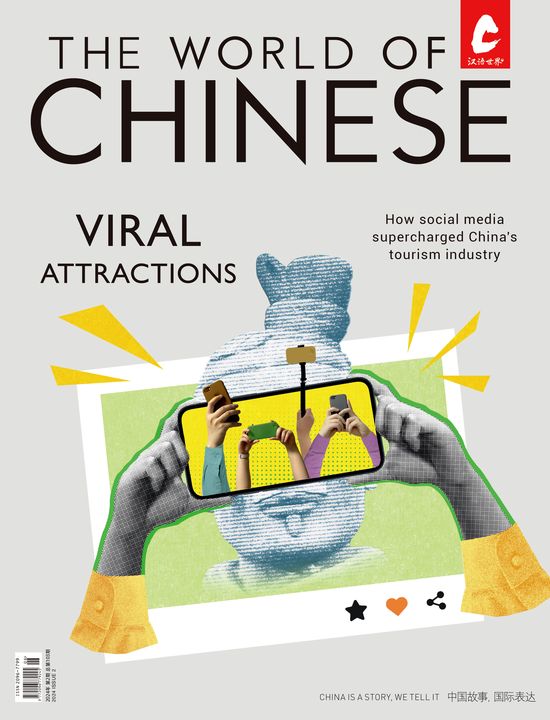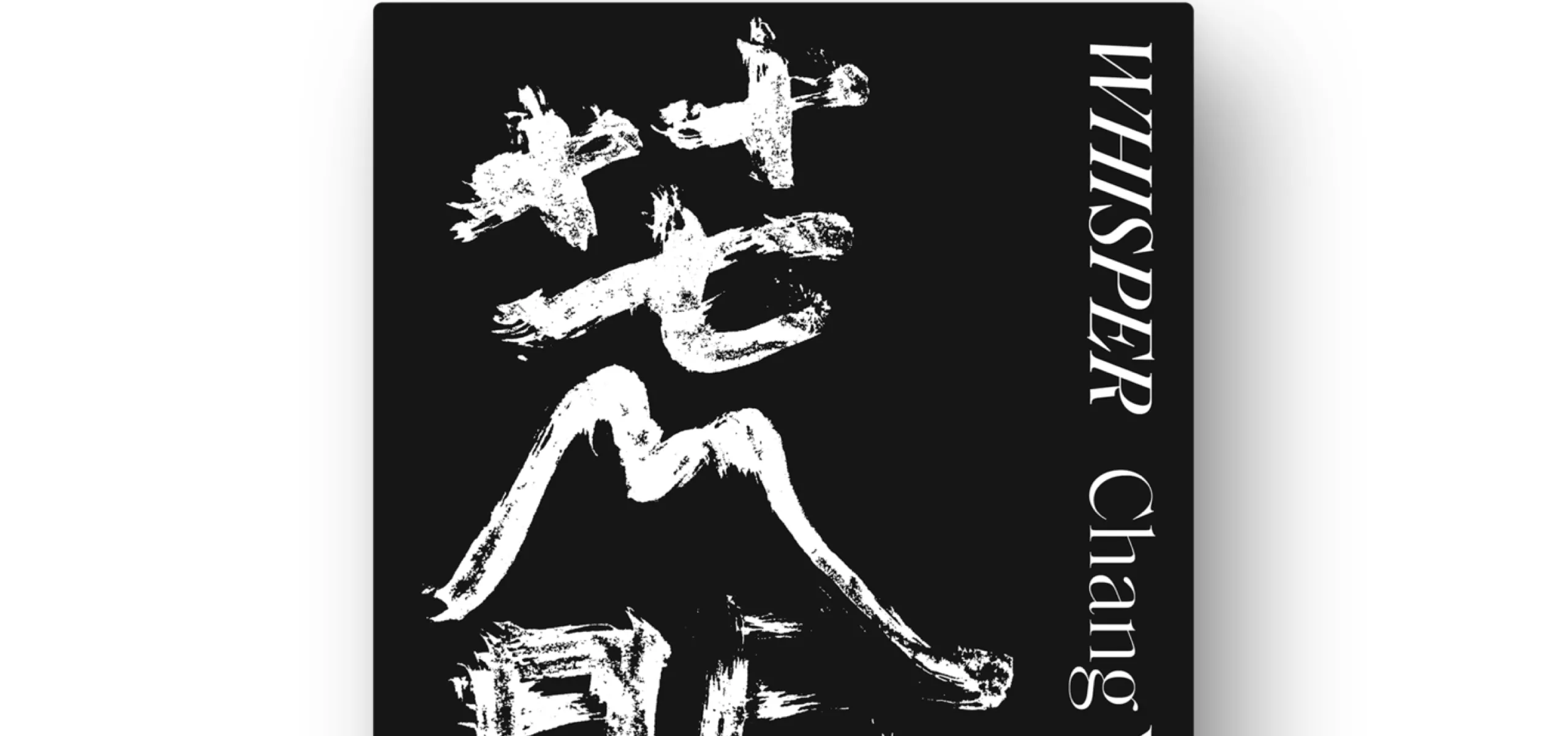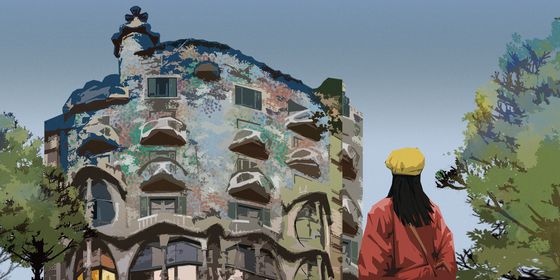Taiwanese ghost story “Whisper” rummages through the island’s past and present for a local spin on horror, but fails to lend luster to worn-out tropes
When a story opens with the body of its protagonist lying wasted on the floor of his cockroach-infested shack, with one roach possibly nibbling away at his toes, it’s not giving much away to say that—surprise, surprise—things don’t turn out well in the end.
Readers have given Chang Yu-Ko’s Whisper (《荒聞》), recently translated into English by Roddy Flagg, 4.5 out of 5 stars on Goodreads and a 8.3 out of 10 on Douban, which are high scores on both reviewing platforms. If your adrenaline rushes at the thought of a young Japanese girl, dressed in a kimono with pure black eyes in an abandoned cab, seen one second and gone the next, or the uncanny feeling of being stared at while alone in the shower—then get ready to lose some sleep.
But maybe you’ll cringe at the absurdity of a ghostly girl who sometimes manifests as a stinkbug, or at a plot fashioned from recycled horror clichés, garnished with random side-plots and ending with an underdeveloped “big reveal.” If so, you might still find something to savor.
The story follows Wu Shih-Sheng, a grubby Taiwanese taxi driver chest-deep in debt, who hits the bottle or the card table with every cent he earns. His wife, Kuo Hsiang-Ying, and the pittance she earns as a department store cleaning lady, are the only things keeping their family afloat. You might think the pair hit rock-bottom when an incident throws Hsiang-Ying into a psychiatric ward, but they haven’t: Hsiang-Ying soon dies in an extremely gruesome way after allegedly hearing, and then seeing, a ghost who threatens to kill her and her long-estranged adult daughter.
Chang Yu-Ko, a 32-year old doctor-turned-screenwriter and novelist, attempts to achieve more than just a chilling yarn. The story tunes in to the multiple streams of traditions and histories that have converged to shape Taiwan’s unique and oft-overlooked cultural patchwork. We learn about Izanaki and Izanami, two deities from the Japanese creation myth, and the belief of hanitu, the term for “spirit” among Taiwan’s indigenous Bunun people. Each person has two hanitu: the good and amicable mashia hanitu on the left shoulder, and the bad and irritable makwan hanitu on the right.
We catch glimpses of the dark historical events that litter the island’s recent past, fertile ground for writers seeking traumatic scenarios for restless spirits. Take the February 28 Incident of 1947, which marked the beginning of the Kuomintang’s infamous “White Terror” against anti-government protesters; or the Musha Incident of 1930, during which the Sediq people, another mountain-residing indigenous group of Taiwan, rose up against the island’s Japanese colonizers. The rebels killed 130, including women and children, and in turn lost hundreds in the Japanese retaliation.













